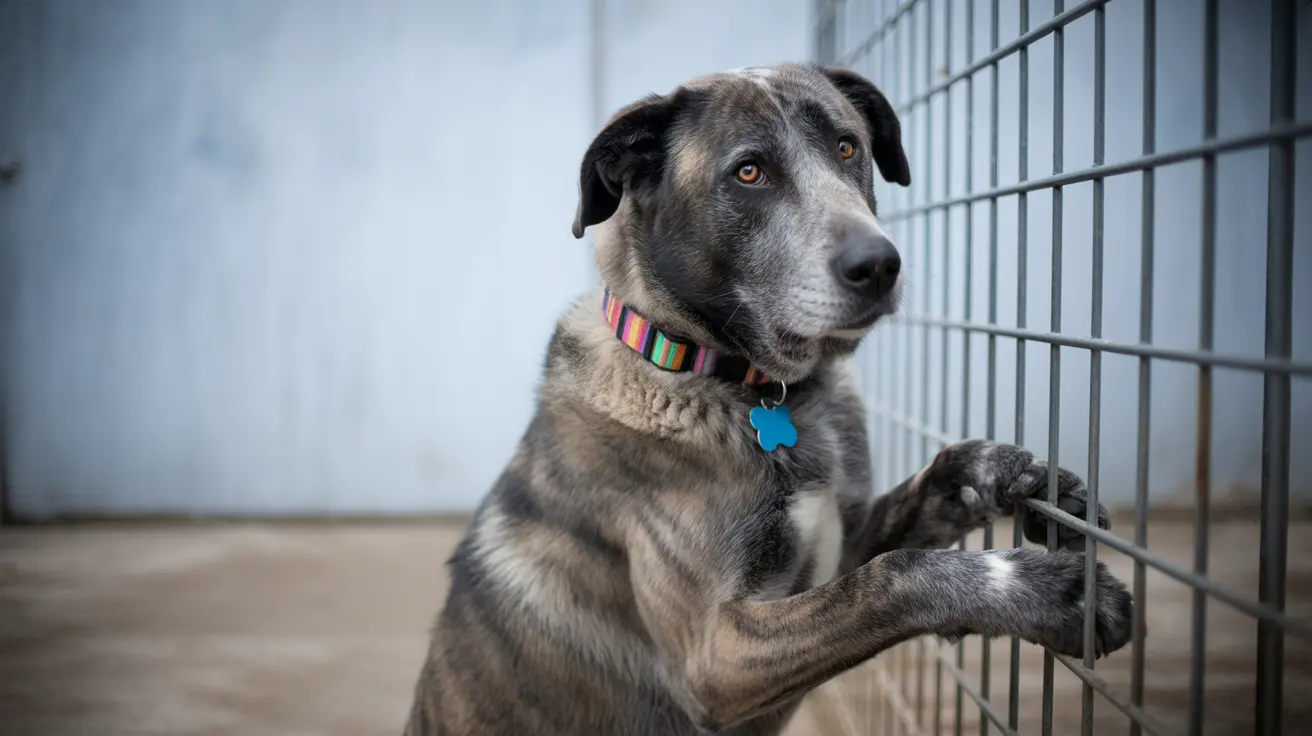How to Give Cephalexin to Dogs: A Practical Guide
Understanding Cephalexin for Dogs
Cephalexin is a widely used antibiotic in veterinary medicine. It's prescribed for dogs to treat a range of bacterial infections—especially those affecting the skin, urinary tract, ears, bones, and respiratory system. As a first-generation cephalosporin (a beta-lactam antibiotic), it targets gram-positive bacteria like Staphylococcus and Streptococcus species, along with some gram-negative bacteria such as E. coli and Proteus mirabilis.
While only Rilexine chewable tablets are FDA-approved for canine skin infections (like superficial pyoderma), veterinarians often prescribe cephalexin off-label for other types of infections.
Forms of Cephalexin
You'll find cephalexin in several forms:
- Capsules
- Tablets
- Chewable tablets (flavored for easier dosing)
- Oral suspension/liquid
The chewable versions can be helpful if your dog is picky or refuses pills. Liquid forms are ideal for small dogs or those who can't swallow solid medications. Injectable cephalexin exists but is reserved for use by veterinarians in clinics.
How to Administer Cephalexin
You can give cephalexin with or without food. If your dog has a sensitive stomach or has experienced digestive upset from antibiotics before, try giving the medication with food—it may help reduce vomiting or diarrhea.
- If using the liquid form, shake it well before measuring each dose. Use a proper dosing syringe or cup—accuracy matters.
- If your dog resists pills or capsules due to their strong odor, hide them in tasty foods like cheese or meat, or use commercial pill pockets.
- If your dog spits out pills, consider asking your vet about switching to a chewable or liquid version.
Dosing Guidelines
The typical dosage ranges from 10–15 mg per pound (22–25 mg/kg) every 12 hours. For some infections, doses up to 45 mg/kg every 6–12 hours may be used. The FDA-approved Rilexine chewable is dosed at 22 mg/kg twice daily. Duration depends on the infection; courses can last from two weeks up to several months.
- Your veterinarian will calculate the correct dose based on your dog's weight and infection type.
- Never adjust the dose yourself.
- Always finish the entire prescribed course—even if your dog seems better early on.
A sample calculation: A 33 kg (73 lb) dog would get about 500 mg per dose, twice daily. Dogs under 1 kg or with kidney disease need special dosing—don't use standard doses for these pets.
Troubleshooting Missed Doses and Overdose Risks
- If you forget a dose: Give it as soon as you remember unless it's almost time for the next one—then skip the missed dose. Don't double up.
- If you suspect an overdose: Watch for increased side effects like vomiting, diarrhea, lethargy, or more severe symptoms such as kidney problems. Contact your veterinarian immediately if this happens.
Managing Side Effects and Risks
Mild side effects:
- Vomiting
- Diarrhea/soft stools
- Lack of appetite
- Lethargy (less common)
- Increased salivation/restlessness (rare)
If these occur mildly, consult your vet about management strategies (sometimes probiotics given two hours before/after cephalexin help).
Serious reactions:
- Rash/hives/itching/swelling/difficulty breathing/pale gums/fever/skin reactions/kidney problems (rare but urgent)
If you see these signs, stop the medication and seek emergency veterinary care right away.
Cautions and Drug Interactions
- Avoid cephalexin if your dog is allergic to cephalosporins or penicillins.
- Caution in pregnant/nursing dogs and those with kidney impairment—the safety profile isn't fully established here.
- Certain drugs can interact: probenecid (raises levels), warfarin (bleeding risk), omeprazole/zinc (may affect absorption/effectiveness). Always tell your vet about everything your dog takes—including supplements/herbs.
Storage Tips
- Pills/tablets/capsules: Store at room temperature away from moisture/light.
- Liquid forms: Refrigerate; discard after 14 days.
Veterinary Monitoring During Treatment
Your job doesn't end after giving a pill! Watch for improvement in symptoms over several days—cephalexin starts working within 1–2 hours but visible results may take longer depending on infection severity. If there's no improvement after a few days—or new symptoms appear—contact your veterinarian promptly. For dogs with underlying conditions (like kidney disease), periodic bloodwork may be recommended during therapy.
Trouble Giving Medication?
- If pills are refused: Try hiding them in strong-tasting treats/meats/pill pockets.
- If that's not working: Ask about switching to liquid/chewable forms—they're often easier for stubborn pets!
The Bottom Line on Giving Cephalexin to Dogs
This antibiotic is safe and effective when used as directed by your veterinarian. Stick closely to prescribed doses and schedules; don't stop early even if symptoms improve quickly. Always keep medications out of reach of pets and children—and never share antibiotics between pets without veterinary guidance!





